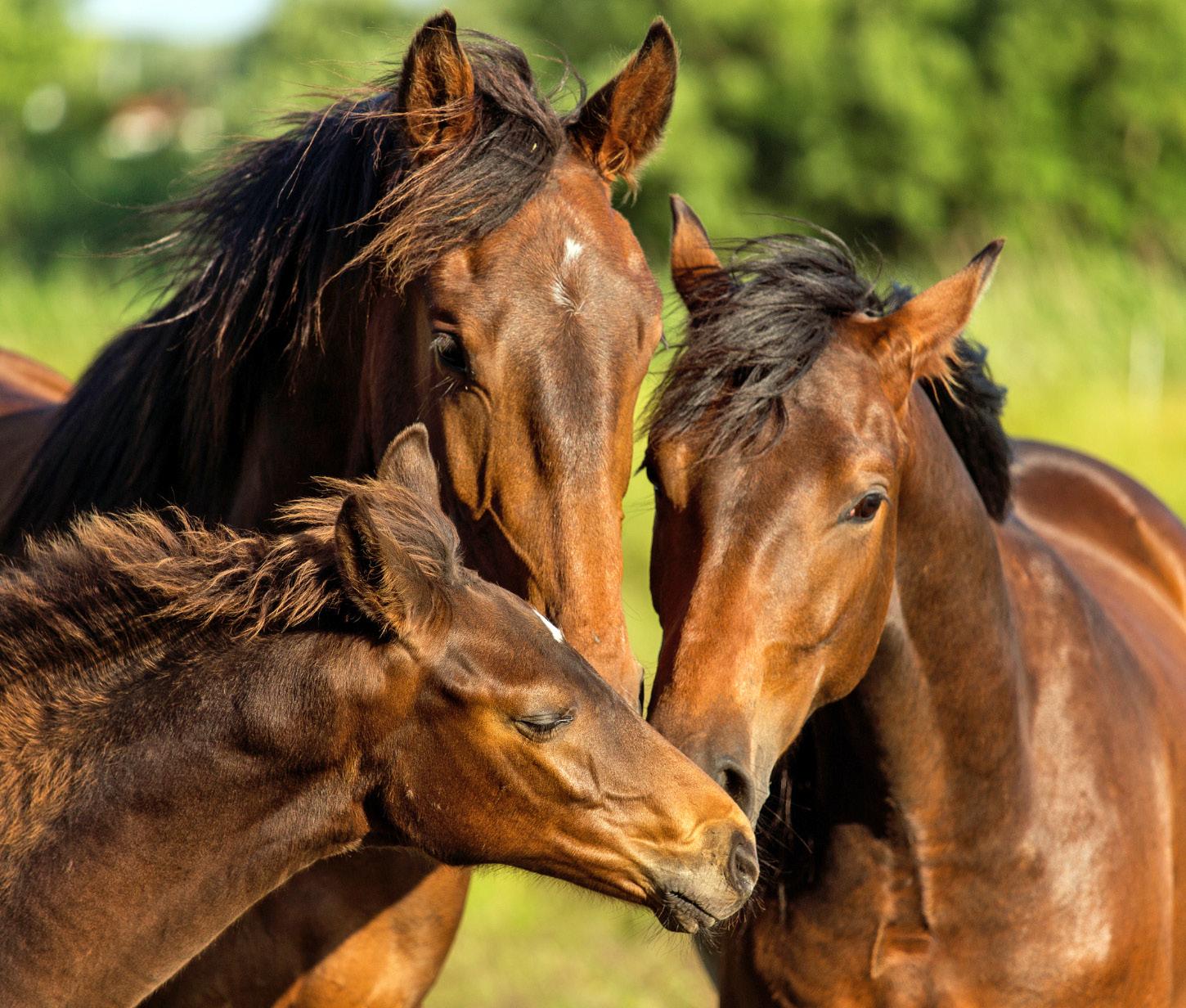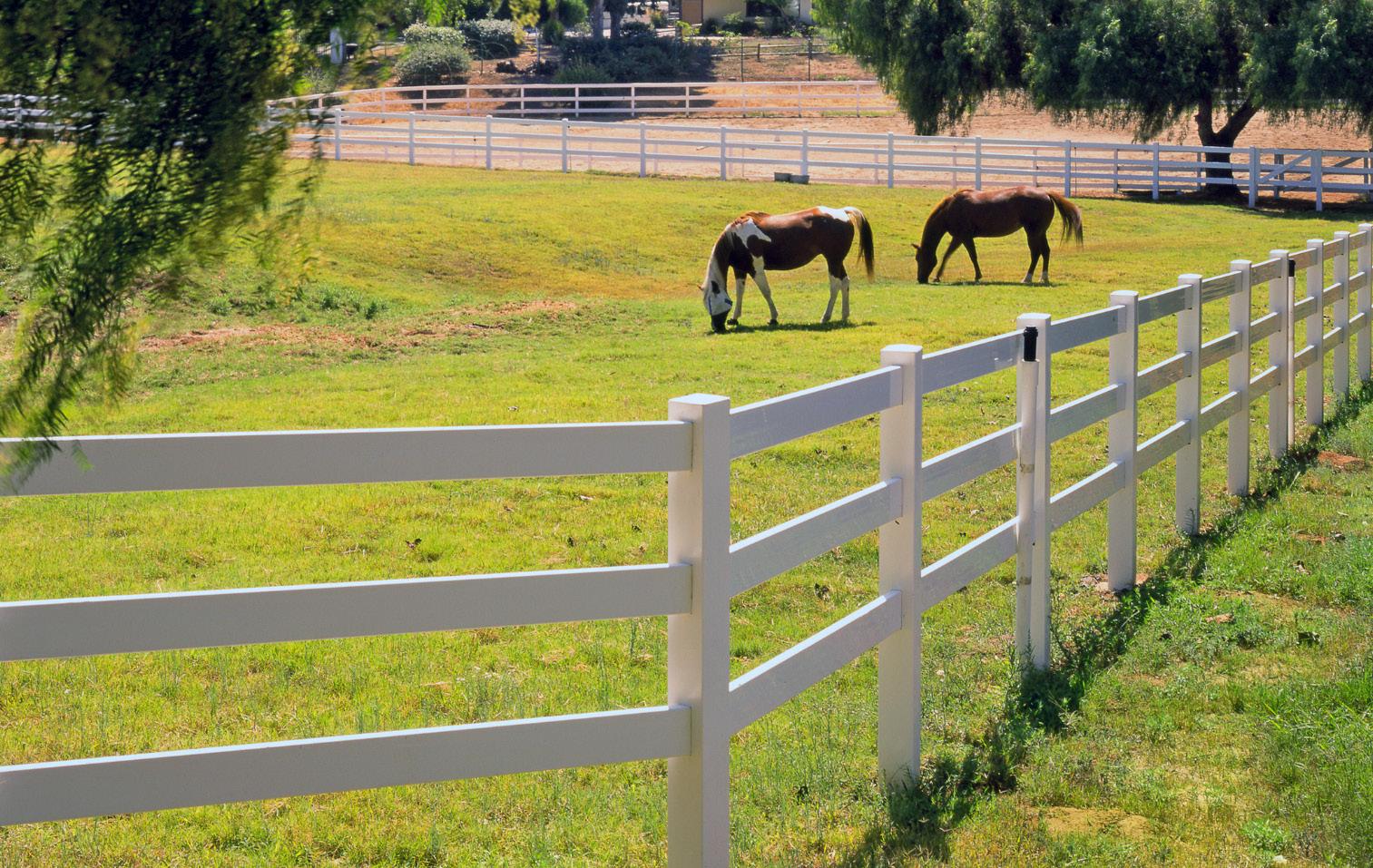
4 minute read
International Trends: Pause for thought
INTERNATIONAL TRENDS
Pause for thought
Recent scientific research has offered us a deeper understanding of the lived experience of a horse under human care, writes JESSICA MORTON.
Based on the latest scientific findings, the Swiss Horse Industry Council and Administration (COFICHEV) recently released Ethical Reflections on the Dignity and Welfare of Horses and other Equids, a revised and expanded version of their original 2011 report.
As understanding of equine welfare grows, so does the need for education on what constitutes good horse management; and this latest report offers an ethical framework for horse owners, breeders, professionals and enthusiasts alike. The report makes for powerful and reflective reading, with the potential to push a few buttons in the industry. But how do the report’s findings relate to us and our horses more generally? While the scope of the report is too broad to fully comment on here, some key points are particularly interesting.
Companions vs livestock
The horse’s role in western society has changed considerably. No longer beasts of burden, they are now primarily used in sport or for recreation, leading them to be perceived more as companion animals than livestock. But COFICHEV questions whether reclassifying horses in this way might be detrimental to their welfare. For example, to many, a horse that is boxed all year is living a better life than one grazing in a paddock with a companion herd. But arguably this perception is anthropomorphic (i.e. it attributes human traits and emotions to animals), which, despite all good intentions, can lead to “exaggerated care” including coat clipping, blanketing, overfeeding and obesity. When feeling cold ourselves, it’s very tempting to pop another rug on our pony. However, this may be detrimental, interfering with their ability to regulate their own body temperature.
Herd instinct
While equine welfare has previously centered mainly round a horse's physical health, their quality of life and emotional wellbeing must also be prioritised. As the report points out, horses’ social instincts “motivate them to gather in herds”. Standard stables largely isolate horses from one another, a practice which some of Europe’s leading yards are remedying with social boxes, a design that encourages normal, and healthy, social interaction (see our January 2022 issue).
In their natural environment horses roam across large territories. While recognising that in a domesticated setting space restrictions are necessary, the report recommends increased paddock size as a means of decreasing aggression, and fencing of sufficient type and quality to reduce the risk of injury, while minimising the chance for escape.
Restrictive tack
The use of some equipment, including draw reins, training aid systems, and bearing reins, is called into question because of their effect on a horse’s head and neck: “They counteract their nature and biomechanics. They cause significant strain, as they can cause severe pain or impede breathing.” According to the report, the resultant
stress and anxiety may undermine a horse's confidence and emotional wellbeing, resulting in “reactivity or conflict behaviour” - clearly counterproductive to the report’s stated recommendation of building “a harmonious relationship with the horse based on mutual trust.”
Social licence
The report discusses the role horses play in the entertainment industry, and makes note of the fact that equine athletes are at heightened risk of injury when compared to recreational horses, not just due to the dangers inherent in some disciplines, but also to potential stresses in their management, including clipping, rugging, box isolation and frequent long-distance travel.
With animal rights now front and centre, just saying we love our horses doesn't fly anymore. The concept of a social license relies on the consent of the general public to allow equestrian sports events to go ahead. Recent media coverage of equestrian sports has left many people critical of equine welfare, with some calling for a ban on all horse events.
To maintain our license to operate, we all need to become aware and to remedy shortcomings in the management of our horses and their welfare. Outmoded techniques must be replaced with practices in keeping with findings from the latest animal behavioural studies. Improving horse welfare requires proactivity on our part, whether that’s by staying up to date with scientific findings, or observing how our horses react in a herd environment and learning from those behaviours.
An underlying principle throughout the report is the need to understand reality from the horse’s point of view, coupled with a warning that “the ambitions and economic interests of individuals and organisations must not override animals’ health requirements, nor those relative to their welfare and dignity.”
Final thoughts
Regarding the general public’s continued and legitimate expectations surrounding horse welfare, the report’s authors have this to say: “If the industry is to retain its social legitimacy, people working with horses and organisations must prevent problems … and periodically carry out an honest weighing of interests. More specifically, they must give top priority to the welfare of the equids, and respect for their inherent worth and their subjectivity, and not just focus on improving these points for the benefit of human beings.”
And as horse lovers, isn’t that we all want?
The COFICHEV Summary Report is available for download if you’d like to learn more.

Conventional stable design prevents horses from participating in normal, healthy social interaction.











